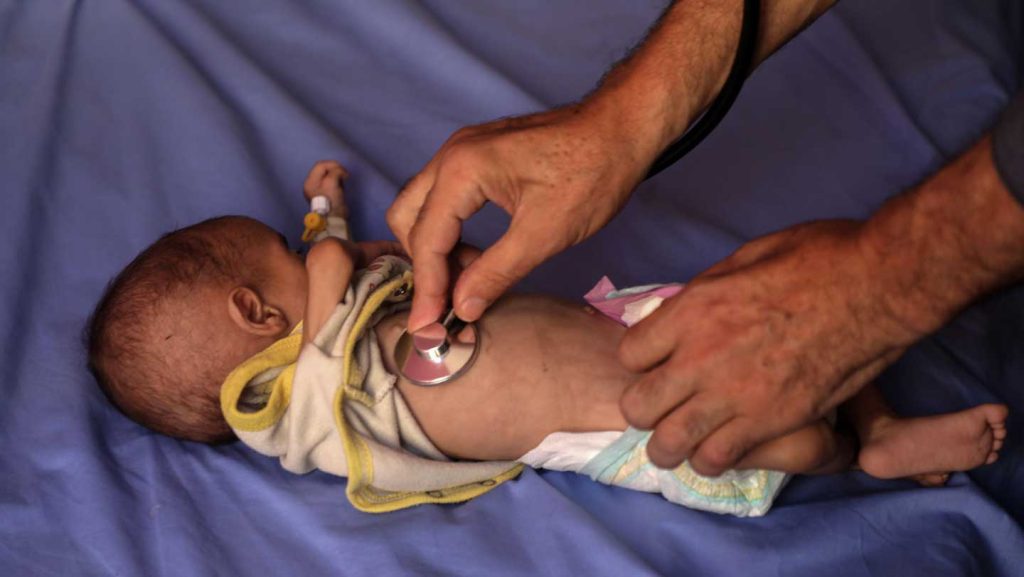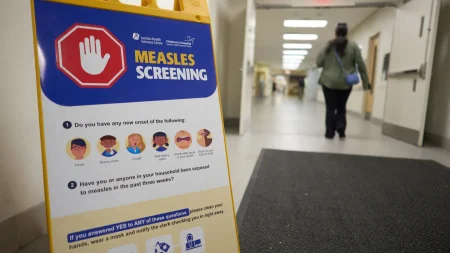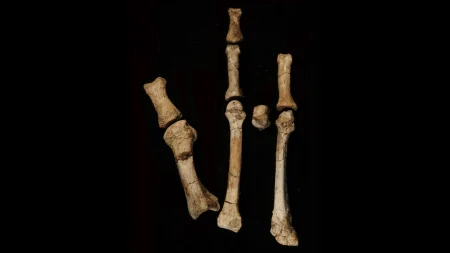The Hidden Crisis: Child Malnutrition in Gaza’s War Zone
In the shadow of ongoing conflict, a humanitarian catastrophe has been unfolding in the Gaza Strip, where tens of thousands of young children face life-threatening malnutrition. According to a 20-month United Nations-affiliated study published in the Lancet on October 8, over 54,600 children under five years old were suffering from acute malnutrition by August 2025, with nearly 13,000 of these cases classified as severe. These alarming statistics represent children whose small bodies have begun to consume themselves—first depleting fat reserves and then breaking down essential muscle tissue—as they struggle to survive amid severe food shortages and restricted humanitarian access.
The physiological impact of malnutrition on these young children is devastating and potentially irreversible. When a child’s body lacks adequate energy and protein, critical bodily functions begin to deteriorate. The immune system weakens significantly, leaving children extremely vulnerable to common infections that healthy children could easily fight off. As wasting progresses, vital organs struggle to function properly, cognitive development is impaired, and the risk of death increases dramatically. For the youngest victims in Gaza, this means not only immediate suffering but potentially lifelong consequences for those who survive, including stunted growth and compromised intellectual development.
To monitor this crisis, healthcare workers from the U.N. Relief and Works Agency for Palestine Refugees in the Near East conducted regular screenings across Gaza, measuring children’s mid-upper arm circumference—a reliable indicator of nutritional status. The study revealed that the researchers screened approximately 220,000 children between six months and five years old, representing about two-thirds of Gaza’s estimated 346,000 preschool-aged children. This measurement technique provided critical data: an arm circumference between 115mm and just under 125mm indicates acute wasting, while measurements below 115mm signal severe wasting, a condition that requires urgent medical intervention.
The humanitarian crisis fluctuated throughout the study period in direct correlation with the intensity of conflict and associated restrictions on aid. August 2025 marked the peak of suffering, with nearly 16 percent of screened children experiencing acute wasting following months of severe limitations on food, water, medicines, and fuel entering Gaza. January 2025 showed similar devastation, with approximately 14 percent of children suffering from acute malnutrition during another period of tightened restrictions on humanitarian aid. These percentages represent thousands of real children whose bodies were literally wasting away while political and military conflicts continued around them.
The treatment for childhood wasting requires specialized nutritionally-rich therapeutic foods and often hospitalization for the most severe cases. However, delivering this life-saving care has been incredibly challenging in Gaza’s conflict zone. Ready-to-use therapeutic foods, designed specifically to help malnourished children regain health quickly, have frequently been blocked or delayed at borders. Additionally, Gaza’s healthcare system has been severely compromised by the conflict, with many facilities damaged or destroyed and those remaining functional overwhelmed by trauma cases and lacking basic supplies and medication. This perfect storm of increased need and decreased capacity has created an impossible situation for healthcare workers trying to save these children.
Beyond the statistics lies the human reality: tens of thousands of young children suffering needlessly, their small bodies growing weaker as political solutions remain elusive. Parents watch helplessly as their children’s health deteriorates, unable to provide even basic nutrition. Healthcare workers face impossible choices with limited resources. The international community’s response to this crisis will determine not just the immediate survival of these children but the long-term health and development of an entire generation in Gaza. Without sustained humanitarian access and a dramatic increase in nutritional support, the consequences will extend far beyond the current crisis, potentially affecting Gaza’s social and economic stability for decades to come.















